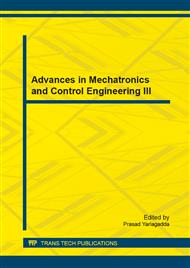p.126
p.130
p.137
p.143
p.147
p.151
p.155
p.162
p.166
An Integrated Saliency Model with Guidance of Eye Movement in Natural Scene Classification
Abstract:
Nature Scene classification is a fundamental problem in image understanding. Human can recognize the scene instantly after only a glance. This is mainly because that our visual attention is easily attracted by the salient objects in scene. And these objects are always representative in the natural scene. It is unclear how humans achieve rapid scene categorization. But this kind of high-level cognitive behavior can be reflected by the eye movement. To identify this ability, we propose a model with the guidance of eye movement. It combines the bag of words (BOW) and spatial pyramid matching (SPM) methods to train and test our model on support vector machine (SVM). The eye movement experiments were employed to validate our model. We found that the subjects could recognize the scenes correctly even if given only a few saliency patches with less than one second. These results suggest that the eye tracking saliency patches play an important role for human scene categorization.
Info:
Periodical:
Pages:
147-150
Citation:
Online since:
October 2014
Authors:
Price:
Сopyright:
© 2014 Trans Tech Publications Ltd. All Rights Reserved
Share:
Citation:


